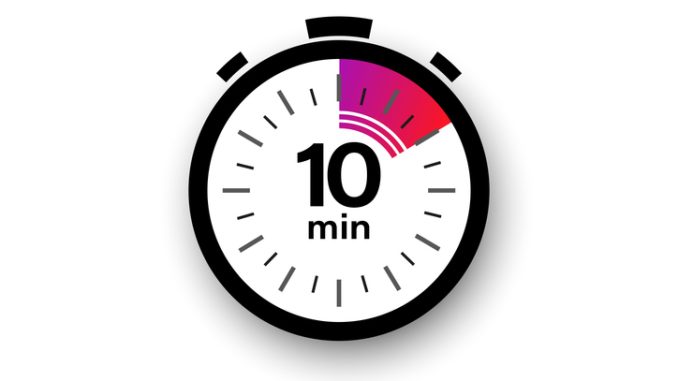Practice managers play a critical role in addressing the challenges and optimising the efficiency of 10-minute GP appointments in the landscape of primary healthcare. This article delves into valuable insights and practical strategies to enhance patient care within the constraints of time while maintaining quality and patient satisfaction.
CREDIT: This is an edited version of an article that originally appeared on Medscape UK
In today’s NHS, primary care serves as the foundation, the very first touchpoint for patients seeking healthcare. Yet, the frontlines of general practice now grapple with surging waiting lists and workforce shortages—possibly the most significant challenge in NHS history. This, coupled with a shift towards primary care services, an ageing population with complex health needs, increasing chronic disease management demands, growing patient lists, and raised expectations, has thrust general practice into a crucible.
Meeting the challenge head-on
Amid these pressures, general practice teams face a multifaceted challenge. Alongside routine consultations, clinicians must navigate referrals, medication reviews, and behavioural guidance while addressing Quality and Outcomes Framework elements and other targets. All the while, the need for meticulous, legally-sound documentation looms. The core dilemma arises when patients, expecting swift resolution of all concerns, meet the stark reality: a 10-minute time limit for most GP appointments.
Quality patient care in 10 minutes
Most GPs allocate this modest time frame for routine appointments. On average, each consultation tackles 2.5 distinct issues. The complexity of certain cases, such as those involving elderly patients with multiple conditions, often outstrips the 10-minute limit. However, granting the necessary time has ripple effects, potentially agitating patients in waiting rooms.
Providing high-quality, person-centred care within these constraints proves challenging for many GPs. While some factors impacting consultation length are beyond control, others—like time management and effective patient communication—can be harnessed to optimise 10-minute slots. Here, we present five top tips to enhance the management of these brief consultations, allowing GPs to efficiently handle their workload while delivering outstanding patient care.
Appointments tailored to expertise
Begin by empowering your reception team. Train them to direct patients to the most suitable healthcare professional, whether a doctor, nurse, or clinical pharmacist, based on their condition. Equipping practice staff with insights into clinical expertise ensures patients receive precisely what they need, enhancing satisfaction and lightening GP workloads.
Crafting patient connections
Effective consultations demand strong clinician-patient relationships. A rapport, built over time, forms the bedrock of these interactions. Practising open communication, active listening, and personalised care planning can establish trust with patients, potentially averting the need for multiple appointments and fostering satisfaction.
Stay focused and set agendas
Mastering 10-minute consultations relies on extracting vital information without interruptions. Allow patients to express their concerns fully. Summarise their points and create an agenda encompassing all raised issues. In cases involving multiple concerns, consider addressing the most pressing issue in the current session, scheduling follow-ups for others, thus streamlining the process.
Shared decision making
Guide patients through the consultation’s progression, from specific questions to potential examinations or investigations. Use simple, jargon-free language to craft transparent management plans. Invite questions to ensure patient comprehension, paving the way for informed decisions. Additionally, provide a ‘safety net,’ detailing symptom deterioration warnings and scheduling review appointments if necessary.
Strategic follow-up and multidisciplinary collaboration
Primary care boasts the advantage of continuous patient care. Swiftly resolve lingering issues, especially those carried over from prior consultations. Manage your workload by addressing unresolved matters within the 10-minute timeframe. Collaborate with your multidisciplinary team, from social prescribing link workers to clinical pharmacists, distributing workloads effectively.
Crafting efficient practice policies
Policy implementation becomes crucial in preserving appointment punctuality. Implement systems for patients to cancel well in advance when needed, employing text message reminders to maximise attendance. Proactive measures, like notifying patients of any unusual circumstances, such as construction work or parking limitations, aid timely consultations.
Embracing Innovation: new consultation methods
Explore the potential of remote consultations, which can reduce appointment durations while offering patients greater choice. Digital consultations, complementing traditional methods, provide enhanced communication channels, boosting safety and satisfaction. Ensure patient access for all by maintaining the option for face-to-face consultations when needed.
Balancing patient needs and consultation time in a 10-minute window poses a formidable challenge. By optimising teamwork, implementing efficient policies, fostering strong clinician-patient relationships, and embracing innovative consultation methods, primary healthcare professionals can continue to provide exceptional care within these constraints.



Be the first to comment